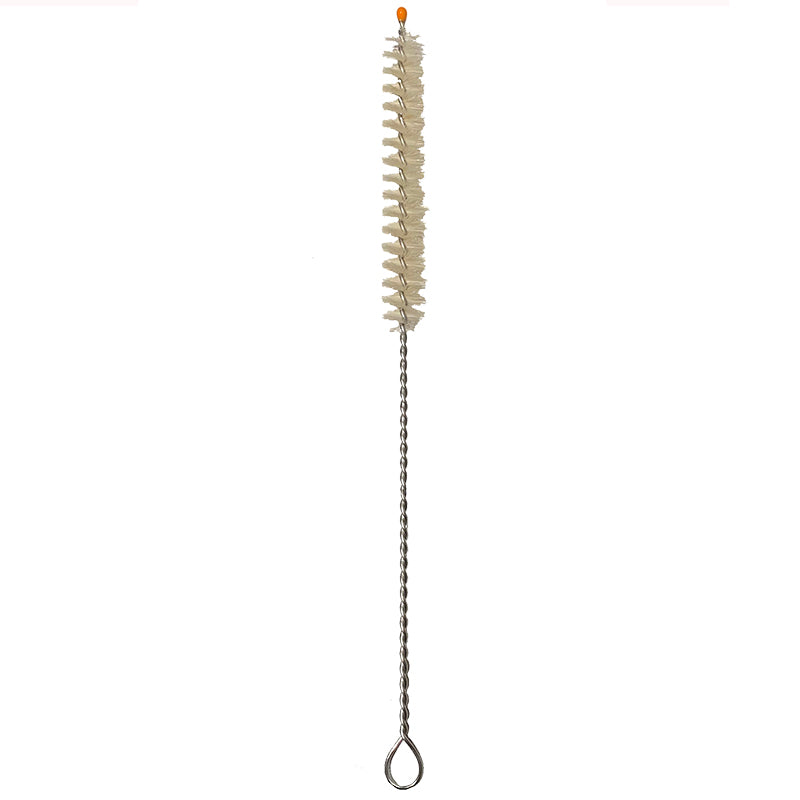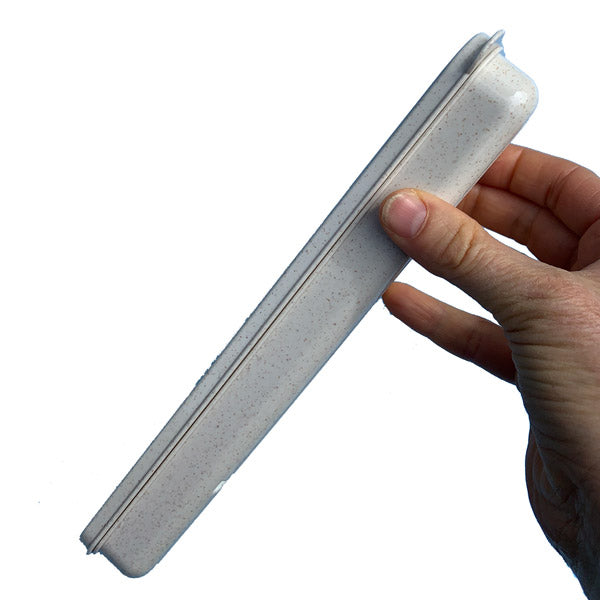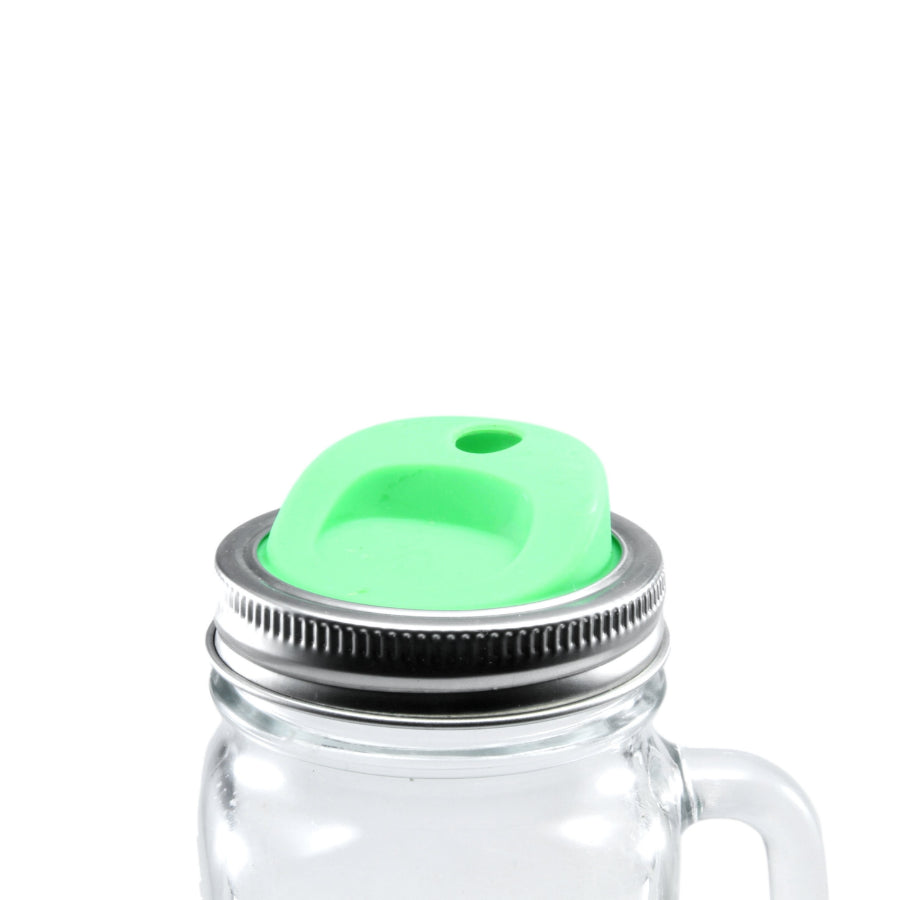Six years ago in the waters off the Pacific coast of northwest Costa Rica, marine biologist Christine Figgener filmed her team removing a plastic straw lodged in the nose of an Oliver Ridley SeaTurtle.
Since that day in August 2015, over 100 million transfixed Youtube viewers have watched the heart-breaking video which galvanized a successful movement to eliminate single-use plastic straws. Andthe turtle shown in the viral video has become a symbol of that movement.
Figgener and her team encountered the male turtle whilecollecting data on sea turtle mating. Figgener noticed something protruding from the nose of the 77-pound (35-kilogram) male. Upon closer inspection, Figgerer realized that the turtle was having trouble breathing. At first the research team thought the wrinkled, brownish object stuck in the turtle’s nose was an aquatic worm. However, when they pulled a small length out of the turtle’s nostril and snipped off the end, they discovered that it was a section of a single-use plastic drinking straw.
The team decided to remove the plastic straw immediately since they were hours away from a veterinarian—and there was no guarantee the vet would know how to treat a sea turtle, let alone one with a potentially lethal length of stiff plastic lodged in its skull.
The video shows researcher Nathan Robinson using pliers to pry the straw out of the turtle’s nostril. The gut-wrenching procedure took around eight minutes, during which the sea turtle was in obvious duress, squealing in agony multiple times while blood dripped from his nose.
“You were able to show the suffering of a creature that was affected by a straw that someone had disposed of,” Figgener says. “Definitely that was an object that passed through human hands and made its way to the ocean. It had a very emotional effect on people and it definitely fueled the movement that already existed.”
It is tragically common to find plastic trash such as single-use plastic bags, plastic lids, and toothbrushes inside the stomachs of dead sea turtles, and fishing hooks lodged in a turtle’s mouth or flipper. Each year at least a million seabirds and hundreds of thousands of marine mammals slowly die when they entangle themselves or ingest plastic.
But Figgener and her team had never seen anything like this. No one can say how the straw ended up in the turtle’s nose. The most likely explanation is that the turtle swallowed the straw, gagged on it, and then tried to throw it back up. The passageways for food and air are connected in a turtle just like they are in people. That's why some of the material we cough or throw up can end up coming out of our nose. Olive Ridleys feed on crustaceans, especially on the seabed. So it’s possible the turtle was dining on shrimp when he gobbled up the straw with his meal.

Single-use plastic straws like these end up inside many sea creatures
After disinfecting the turtle's newly straw-free nasal cavity, Figgener’s team attached an identity tag to his flipper for research purposes and returned him to the water. The team spent the two-hour boat ride back to the harbor in silence. “We had no words,” says Figgener. “We just knew we had to get the video out to the public.” The team found a restaurant with WiFi and spent 8 hours uploading the footage onto YouTube. Once uploaded the video just took off. And the rest is environmental history.

Figgener and rescued sea turtle with her research team in Costa Rica in 2015. L to R: Macdonal Gomez, Daniel Stuart, Christine Figgener, Andrey MacCarthy, and Vee Koleff.
A year later Figgener ran into her old friend while doing further research in the Pacifc waters off Costa Rica. The turtle was in good health and happily consorting with his new mate. “He seems to be doing just fine and doing his thing,” Figgener says.
Figgener says people still tell her that the turtle video changed their lives — from causing them to forgo plastic straws, to bringing reusable bags to the supermarket, and to being generally more aware of their plastic use.
“Everyone suffers with our turtle through eight painful minutes of the video,” Figgener says. “But I have met many people in the past two years who told me that the video changed their entire outlook on single-use plastics, which made it already worthwhile. I used to show the beauty of nature and animals in my photos and videos, but this video taught me that showing the ugly truth in all its gory details seems to shake people up and sparks change by creating empathy and remorse for our actions.”
It’s now six years later and there’s cause to be optimistic that the video and the Oliver Ridley Sea Turtle that Figgener and her team saved have had a significant and positive impact. Back in 2015 Figgener made a comment that now seemsprophetic. “I hope that in five years time, we don’t even need to discuss plastic straws. That there’s too many alternatives.”
There are indeed now many eco-friendly alternatives to single-use plastic straws. Options include reusable metal straws, reusable bamboo straws, reusable silicone straws, reusable plastic straws, “compostable” straws, paper straws, and reusable glass drinking straws. All these alternatives are a step up from the single-use plastic straw that caused so much grief to Figgener’s Oliver Ridley Sea Turtle.
A detailed comparisonof the advantages and disadvantages of the various alternatives, however, demonstrates that some options do a much better job for the environment and for the user than others.
For example, reusable stainless steel straws are virtually indestructible, but in every other category are inferior to reusable straws made out of borosilicate glass. Bamboo straws are uniquely biodegradable, which is good for the environment, but also means that they are only “reusable” for a limited time before they start biodegrading. And bamboo straws typically come in only one size - and one size clearly does not fit all beverages. Reusable silicone straws are floppy and hard to clean. Reusable plastic straws are still plastic, and will eventually wear out and end up in the landfill or ocean. “Compostable” straws seldom actually get composted and, likewise, end up in the ocean and landfill. And there’s a good reason that paper straws were replaced by plastic back in the 1960s. Sadly, paper straws fall apart in your mouth long before you finish your drink.
Reusable borosilicate glass drinking straws come out well ahead. They feel good in your mouth, are excellent for both cold and hot drinks, come in all lengths and widths making them perfect for every beverage including bubble tea, are easy to clean and dishwasher safe.
Just make sure your straws are made from borosilicate glass produced by reputable manufacturers which use the highest purity glass and maintain superior health and labour standards, such as those in the Czech Republic. Also, only buy from glass straw makers who stand by their product by offering a lifetime warranty for their straws.
So, to celebrate World Turtle Day 2021, and to honour the Oliver Ridley Sea Turtle who supercharged a revolution six years ago, do one new thing to help safeguard our environment. As Christine Figgener says, “Everyone can do something at home, even if it’s one thing.” You might even think of treating yourself to an eco-friendly “Save the Sea Turtle” glass straw with your favorite Oliver Ridley Sea Turtle crafted in glass right on the straw.







